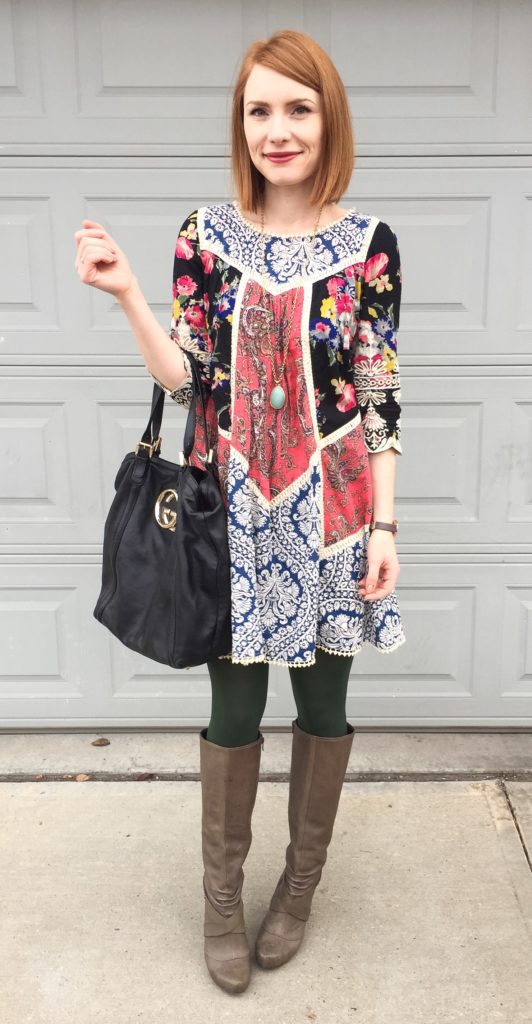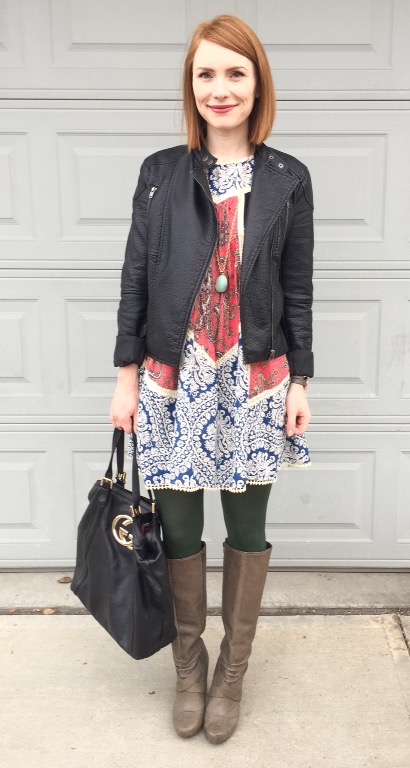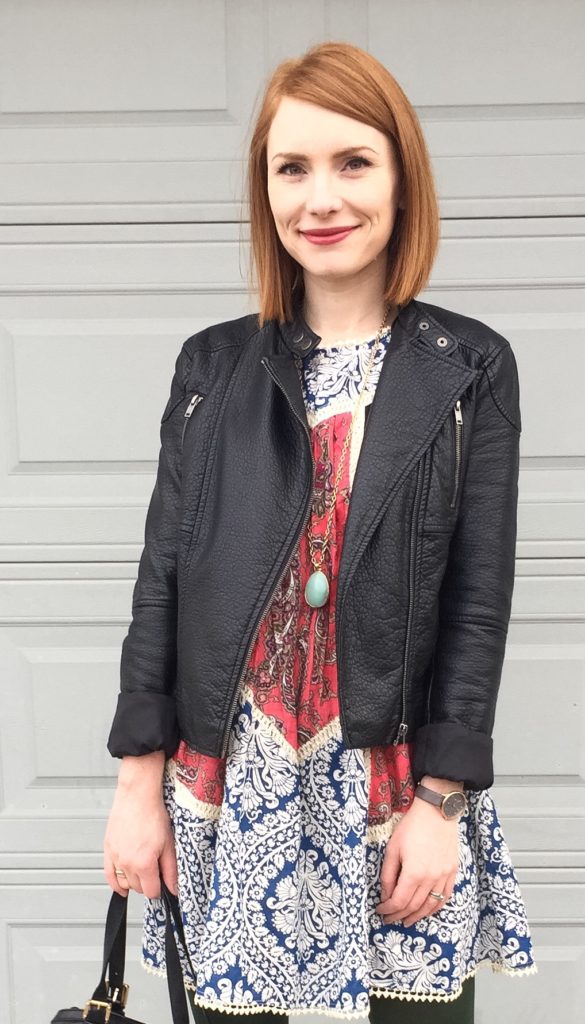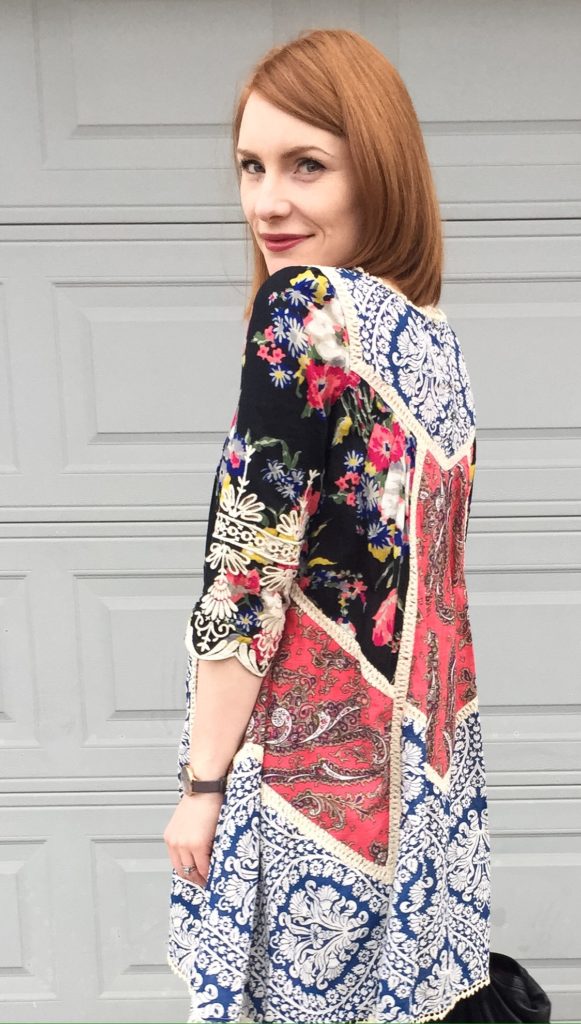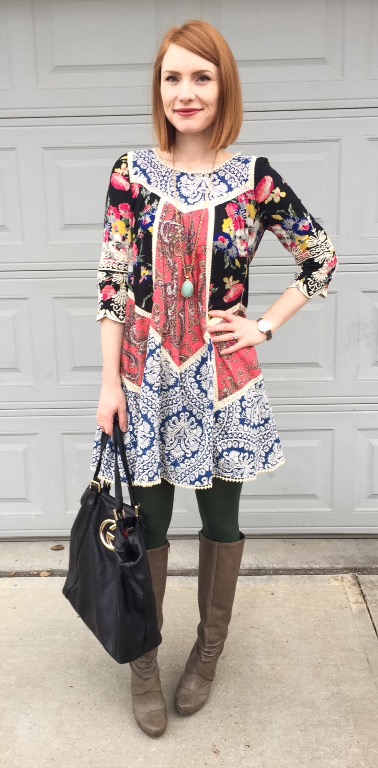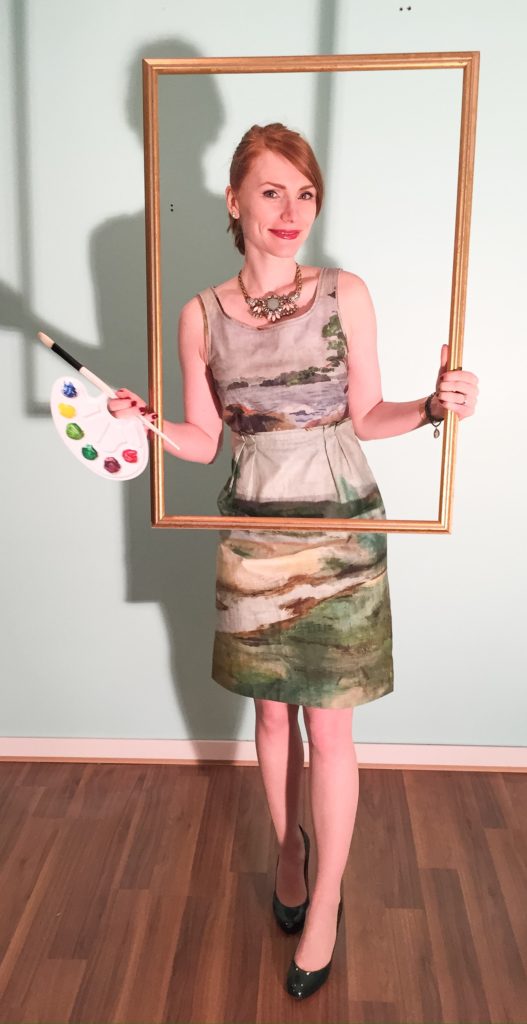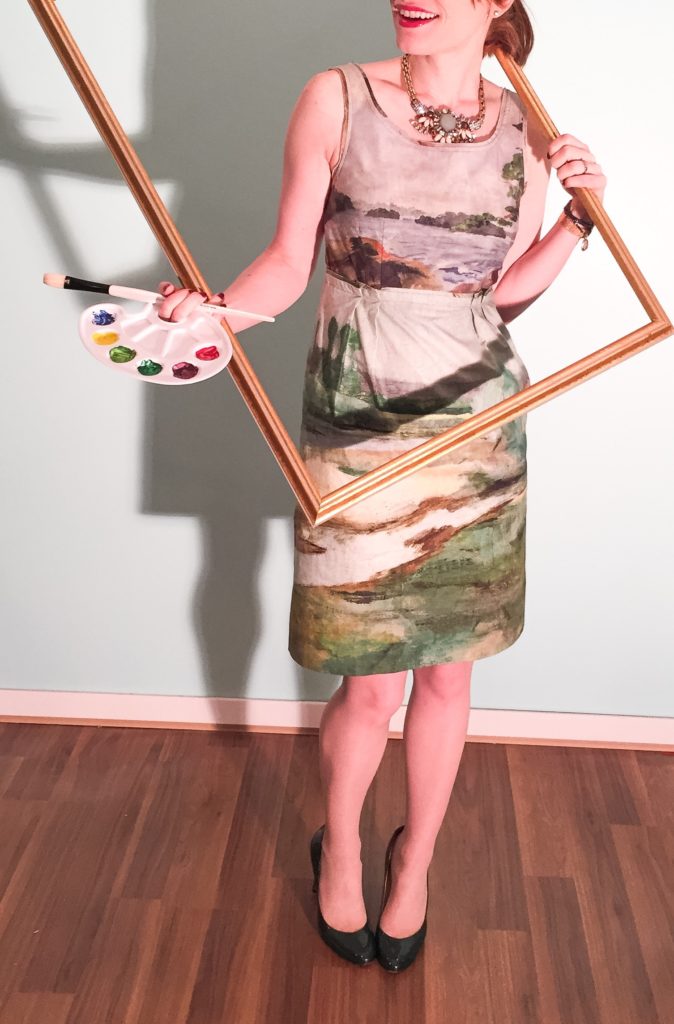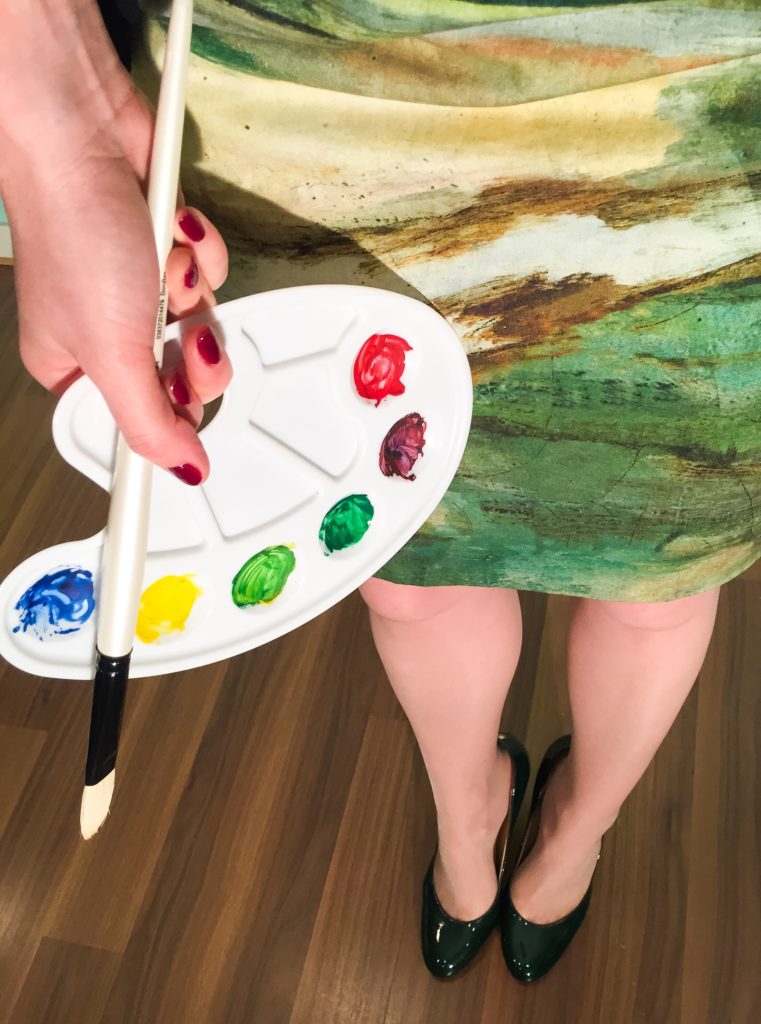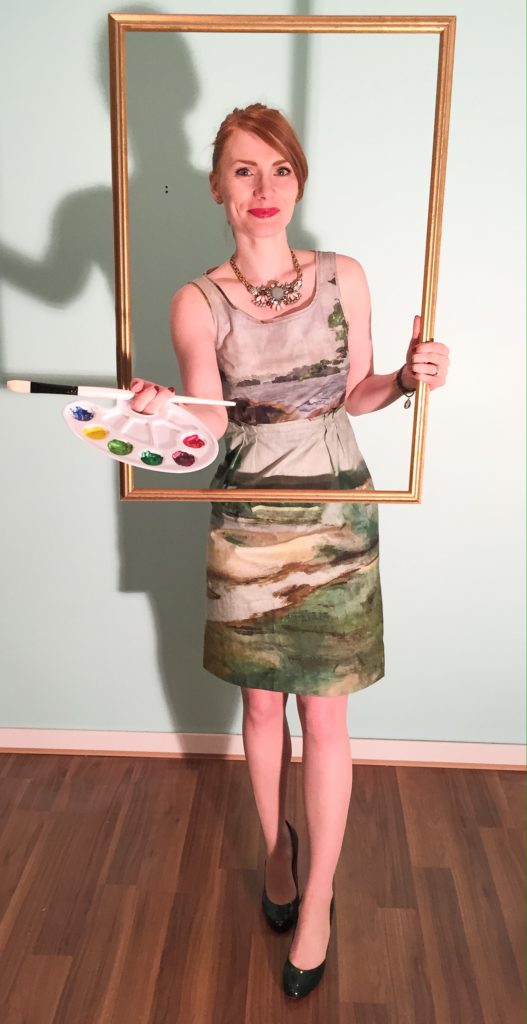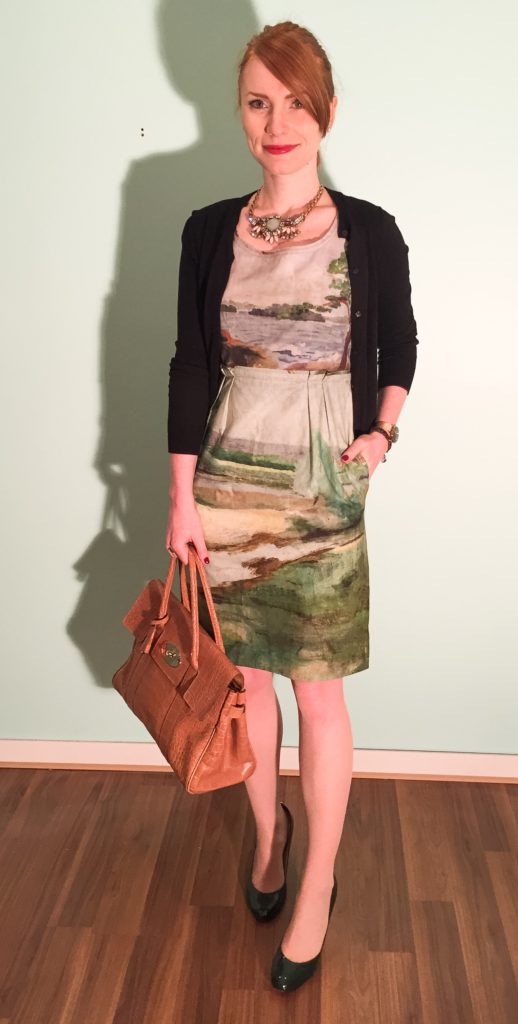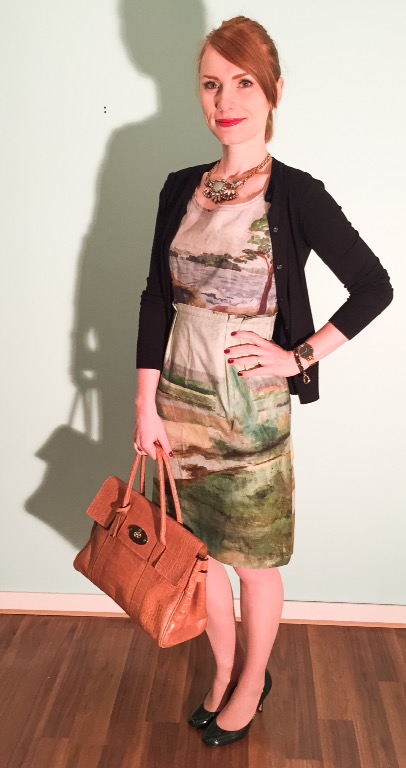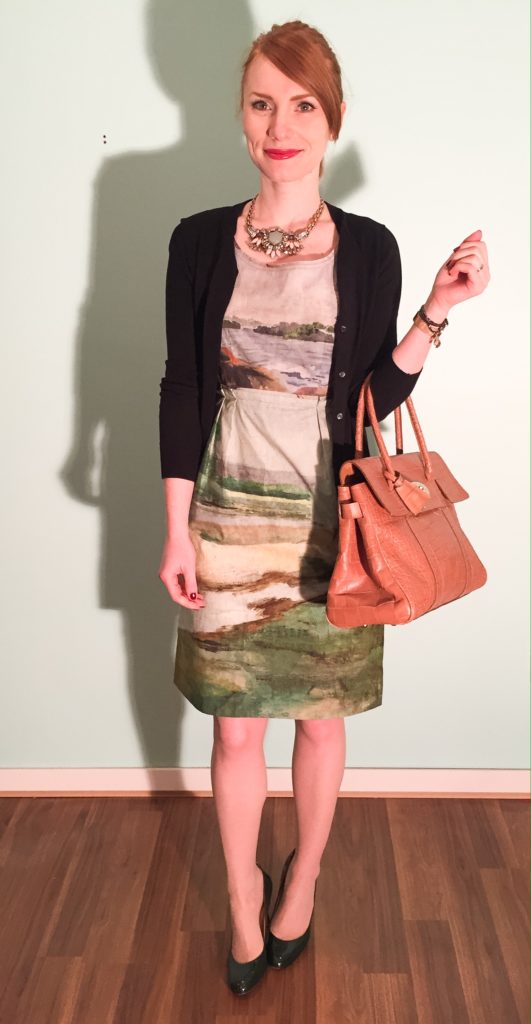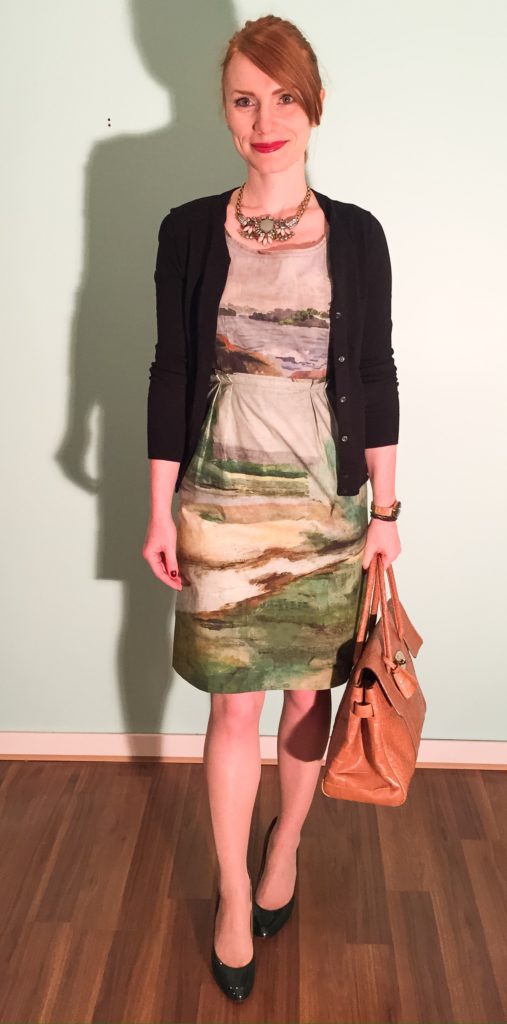First of all, thank you for your sweet, kind, and thoughtful responses on my post from Friday. Truly, and from the bottom of my heart – thank you. I am humbled and heartened.
Given the nature of that post, it seemed best that I stay out of the comment section; at the same time, since so many of you took the time to write, I wanted to acknowledge your comments … and address a couple of things I feel are important.
Let’s start with the more serious one. A few commenters on Friday brought up GOMI. For those of you who don’t know, GOMI is a blog and forum dedicated to “snarking” on other bloggers. For a few years, I was a member. I joined because I was relatively new to the world of blogs at the time and enjoyed the discussion around the business of blogging (and the questionable practices of some “big name” bloggers). For lack of a better analogy, it reminded me of Television Without Pity. I learned a lot from GOMI, especially about what NOT to do as a blogger, and I made some friends (including a number of fellow bloggers). And, yes, I did post comments that were at times critical of other bloggers. (I also posted comments that were supportive of bloggers, but that’s neither here nor there, I suppose.) It is entirely possible that some of my words may have been hurtful, had the bloggers concerned read them. I stopped reading and participating on GOMI over a year ago, when I became uncomfortable with the changing tone of some of the commentary there.
I am neither proud nor ashamed of my “GOMI past”. It is what it is. As I wrote earlier, it has influenced the way I have conducted myself as a blogger, particularly in regards to engaging with readers. To be clear: it was not the focus or intent of my last post to berate the anonymous commenters who complained about me/my blog. That is their prerogative and their business. My business is to decide how I feel about it, and my struggle in that regard (and consequent blog absence) is what I tried to explain in my post.
And here is the other thing I want to say. The worst part about those anonymous comments was the fear they inspired: the fear that I was blogging in an echo chamber of my own making, divorced from reality. It can be hard to gauge if a handful of comments represents a vocal minority or a silent majority. Reading your comments from last week reassured me that what I thought to be true – that this is a community of shared interests and stories – is not a lie. We are not all the same. We don’t all share the same style, the same lives, the same priorities, or the same dreams and ambitions. And that’s actually fantastic. Diversity is a wonderful thing. My wish is and has always been for this blog to be a place where we can come together, with mutual respect and understanding, and connect through the one thing that we do have in common – a love of clothes.
I don’t consider this an aspirational blog. I don’t consider myself someone who lives an aspirational life. Don’t get me wrong; I recognize that I’m privileged (and fortunate) in many ways, and that mine is, therefore, an enviable position. But it’s never been my intent to represent my choices (whether about style, shopping, or anything else) as being better than others, or the best. I believe and stand by them in my own life, but I am interested in reading and learning about different women’s different choices. That’s why I love getting comments; I learn new things, and am moved to think about things from different perspectives, and that keeps me from getting into a rut. I don’t have to agree with every comment – and you guys should never feel like you have to agree with my views or “suck up” to me in your comments – but I think each one is valuable and adds to the discussion. [And just between us, I love when readers “talk” among themselves. That’s a community builder, right there.]
So, please, keep engaging – with me, and with each other!
